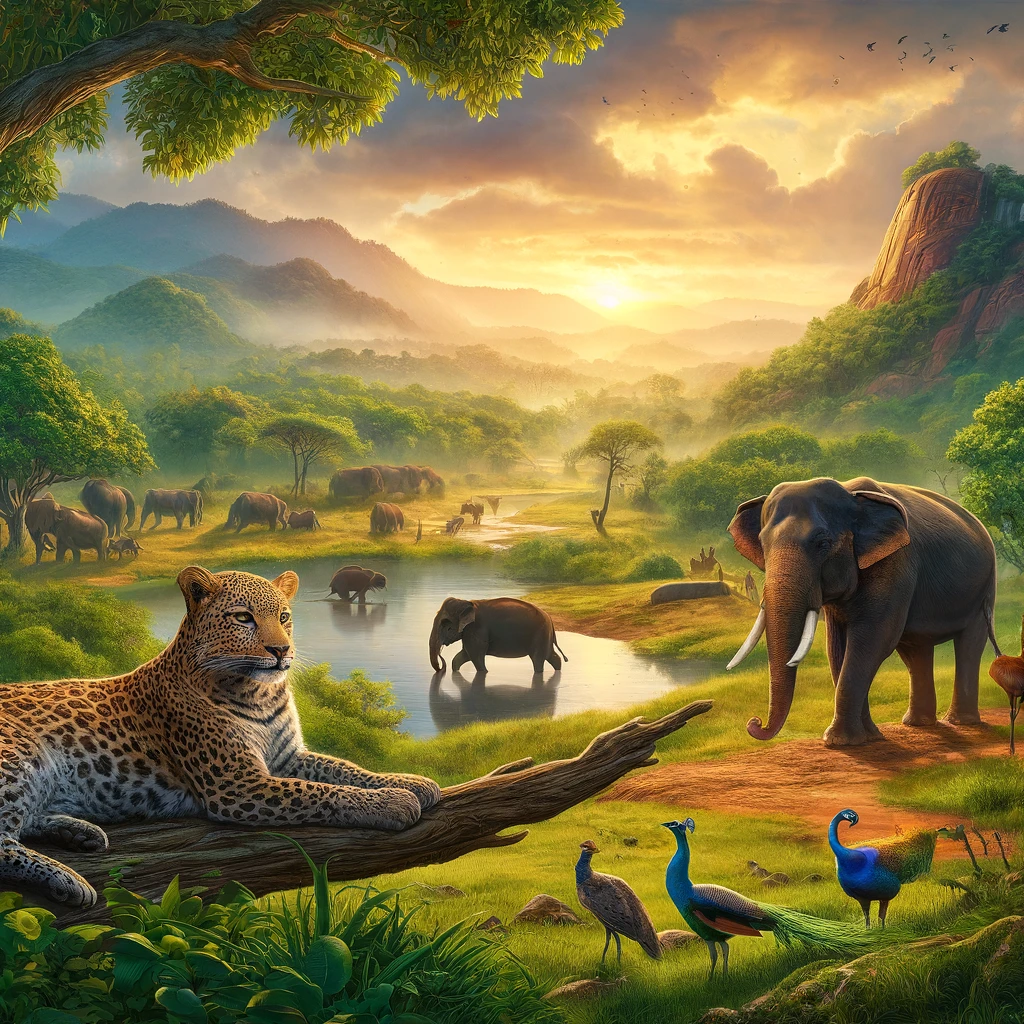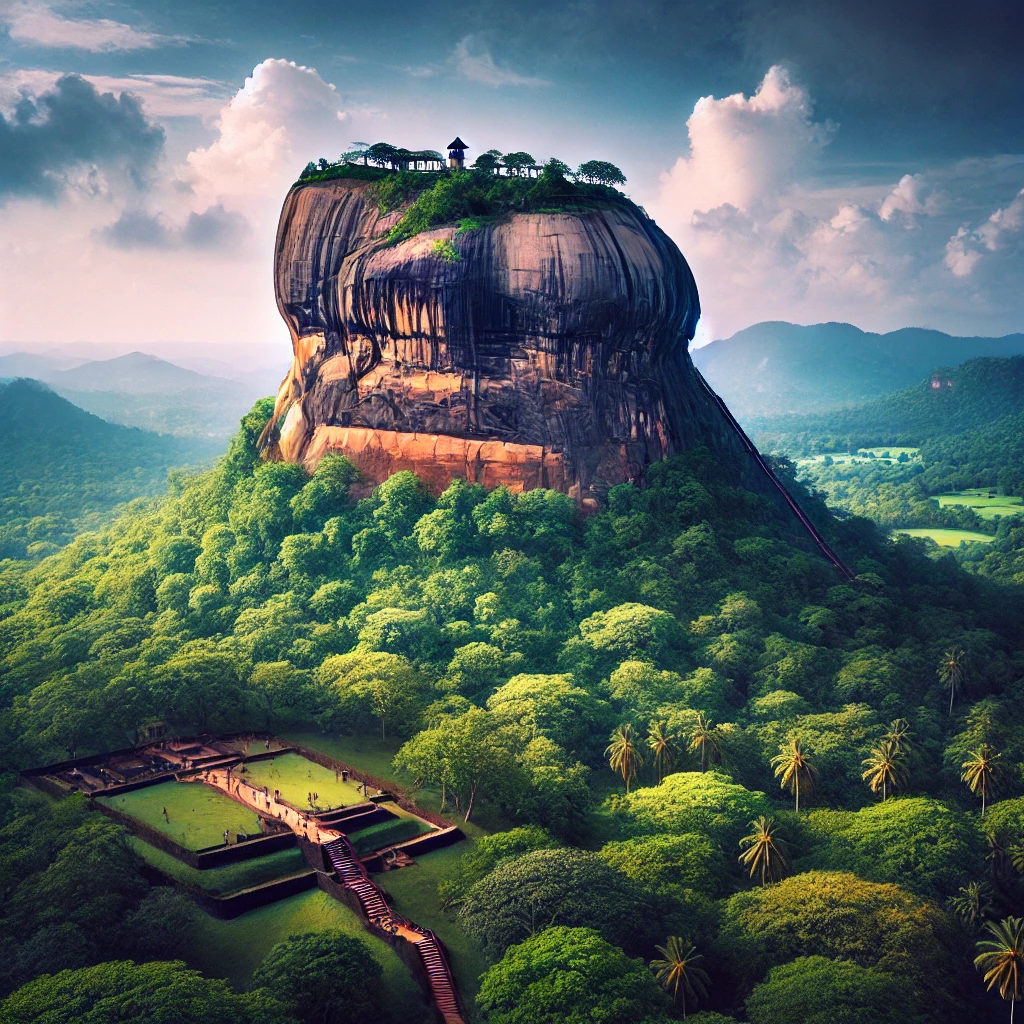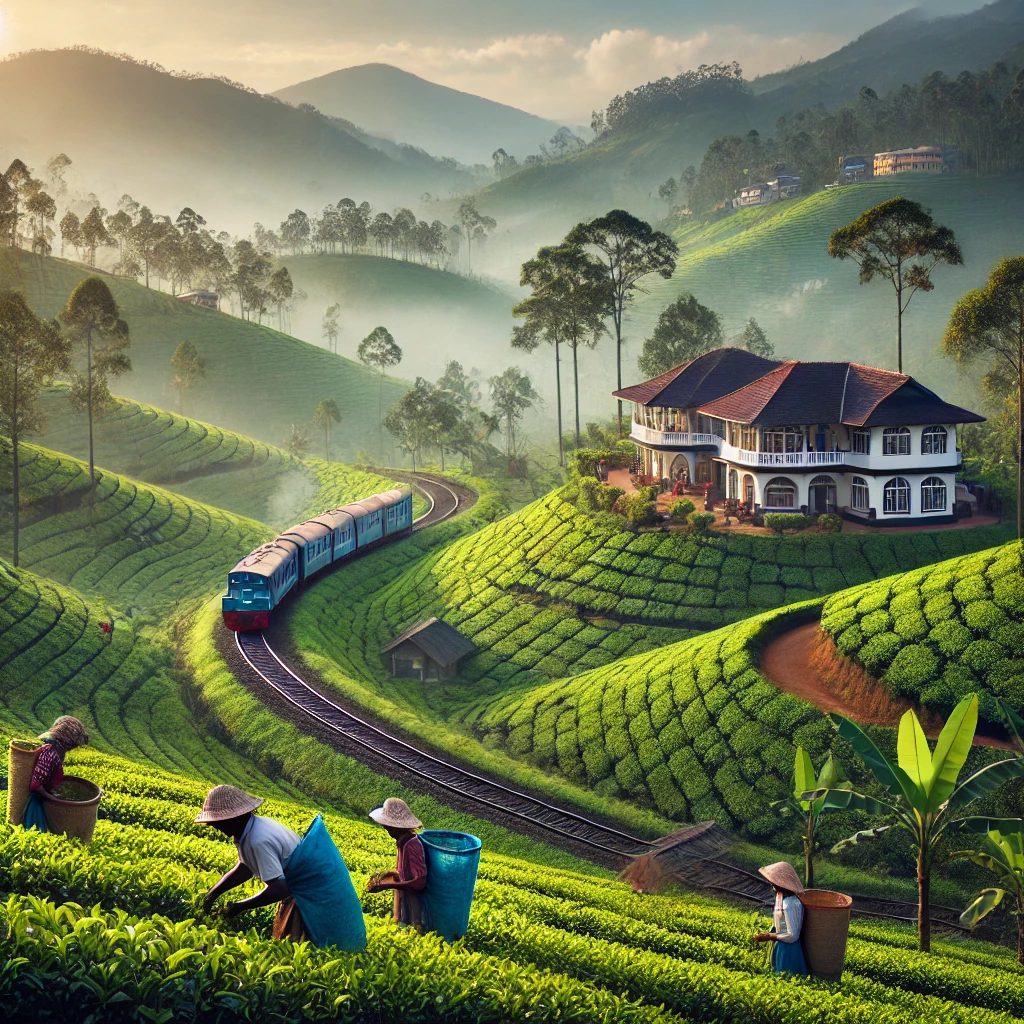Introduction
Wilpattu National Park is Sri Lanka’s largest and oldest wildlife sanctuary. It is an unparalleled gem for nature lovers, wildlife enthusiasts, and adventure seekers. Spanning over 1,300 square kilometers, Wilpattu is a mesmerizing expanse of dense forests, grasslands, wetlands, and unique villus (natural lakes). It is home to an incredible variety of flora and fauna. These include the elusive Sri Lankan leopard, sloth bears, elephants, deer, and over 200 species of birds.
In this article, we will explore Wilpattu’s rich history. We will also present conservation efforts. Additionally, we will cover everything travelers need to know before visiting this extraordinary national park.
The History of Wilpattu: Ancient Legends and Conservation Challenges
The Mythological and Historical Significance
Wilpattu’s history extends beyond its reputation as a wildlife haven; it has deep cultural and historical significance. Ancient Sri Lankan folklore links Wilpattu to the story of Prince Vijaya, the first recorded ruler of Sri Lanka. According to legend, he landed on the island around 543 BCE near present-day Wilpattu. There, he met Princess Kuveni, a native queen of the Yakkha tribe. This tale marks the beginning of Sri Lankan civilization and adds a mystical aura to Wilpattu’s ancient landscape.
Wilpattu as a Protected Wildlife Sanctuary
Declared a national park in 1938, Wilpattu was a thriving refuge for diverse wildlife. However, the Sri Lankan Civil War (1983–2009) led to its closure for nearly two decades. During this time, the park suffered significant losses due to poaching and deforestation. After the war, restoration efforts began. Wilpattu reopened to the public in 2010. It once again welcomed nature lovers and researchers.
Wilpattu National Park Today: A Haven for Wildlife
Flora and Unique Landscapes
One of Wilpattu’s most distinguishing features is its villus—natural rain-fed lakes that provide water to the wildlife throughout the year. The park’s landscape consists of dry evergreen forests, thorny scrublands, and open plains. These elements create diverse habitats for many species.
Fauna: A Biodiversity Hotspot
Wilpattu boasts an impressive array of wildlife:
- Mammals – The Sri Lankan leopard (Panthera pardus kotiya) is the park’s top predator. Other prominent mammals include elephants, sloth bears, sambar deer, spotted deer, and wild boars.
- Birds – Over 200 species of birds call Wilpattu home. These include painted storks, eagles, and owls. The Sri Lanka junglefowl is also found here.
- Reptiles and Amphibians – Crocodiles, pythons, monitor lizards, and rare amphibians thrive in the wetlands and dense forests.
Conservation Efforts and Current Challenges
Despite being a protected area, Wilpattu faces challenges such as illegal deforestation, poaching, and human-wildlife conflict. Conservation organizations and government initiatives are actively working to protect its delicate ecosystem while promoting responsible tourism.
Travel Guide: Everything You Need to Know Before Visiting Wilpattu
How to Get to Wilpattu
Wilpattu is located in the northwest of Sri Lanka, approximately 180 km from Colombo. The best routes to reach the park include:
By Car
- A private vehicle or taxi from Colombo takes about 4–5 hours via the Puttalam-Anuradhapura road.
By Public Transport
- Buses run from Colombo to Puttalam or Anuradhapura, from where travelers can hire tuk-tuks or taxis to the park.
Best Time to Visit
- February to October – The dry season offers the best wildlife sightings, as animals congregate around water sources.
- November to January – The rainy season brings lush greenery but may limit accessibility to certain areas.
Safari Experience: What to Expect
- Morning Safaris (6:00 AM–10:00 AM) – Best for spotting leopards and other wildlife.
- Evening Safaris (2:30 PM–6:00 PM) – Offers beautiful sunset views and excellent animal sightings.
- Private Jeep Safaris – Personalized experiences with expert guides.
Entrance Fees and Safari Costs
- Entrance fees vary for locals and foreigners, with additional charges for jeeps and guides.
- Jeep safaris typically cost between $40 and $100, depending on the number of people and duration.
Accommodation Options Near Wilpattu
- Luxury Stays – Wilpattu Safari Camp (luxury tented accommodations with guided safaris).
- Eco-Lodges – The Backwaters Lodge (sustainable eco-lodge focusing on wildlife conservation).
- Budget Options – Guesthouses in Puttalam and Anuradhapura.
Things to Pack for a Safari
✅ Light, neutral-colored clothing – Helps you blend in with nature.
✅ Binoculars and cameras – Essential for wildlife spotting.
✅ Sun protection – Hat, sunglasses, and sunscreen.
✅ Insect repellent – To avoid mosquito bites.
Wildlife Etiquette and Responsible Tourism
🚫 Maintain silence – To avoid disturbing animals.
🚫 Avoid littering – Keep the park clean.
🚫 Do not feed or approach wild animals – For safety and conservation reasons.
✅ Choose ethical tour operators – Who prioritize conservation and sustainability.
Beyond Wildlife: Nearby Attractions and Activities
- Anuradhapura Ancient City – A UNESCO World Heritage Site filled with centuries-old stupas and monasteries.
- Thanthirimale Temple – A sacred Buddhist site with ancient rock carvings.
- Kalpitiya – A coastal town known for dolphin and whale watching.
Conclusion: Why Wilpattu Should Be on Your Bucket List
Wilpattu National Park offers an unparalleled wildlife experience with its untouched landscapes, diverse ecosystems, and rich history. Are you an avid nature photographer? Maybe you are a wildlife enthusiast. Perhaps, you are seeking adventure in Sri Lanka’s great outdoors. Regardless, Wilpattu is the place for you. It promises breathtaking encounters with nature. Plan your trip wisely, respect the park’s natural wonders, and contribute to sustainable tourism efforts.








Start Your Journey Today
Sri Lanka is calling! With breathtaking scenery, rich cultural experiences, and welcoming locals, it’s a destination you’ll never forget. Let Sri Lanka Travel Paradise be your trusted companion as you explore this enchanting island.
📢 Follow us for weekly updates and travel inspiration!

















